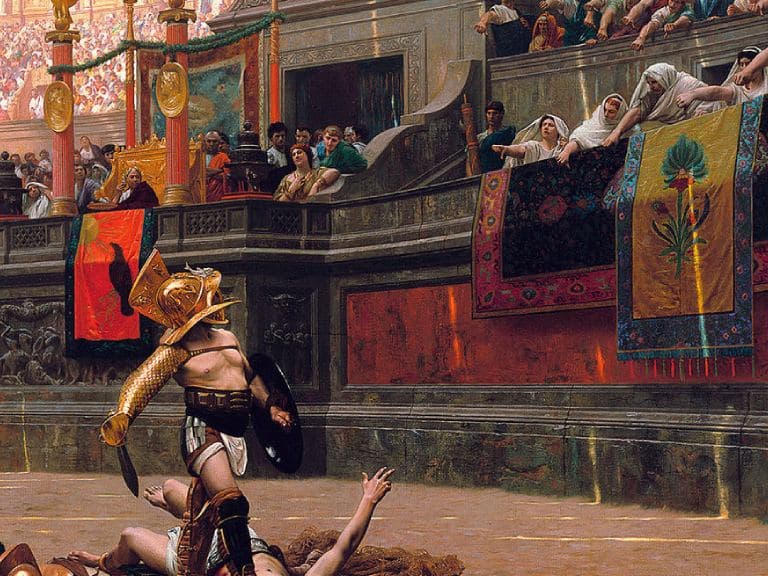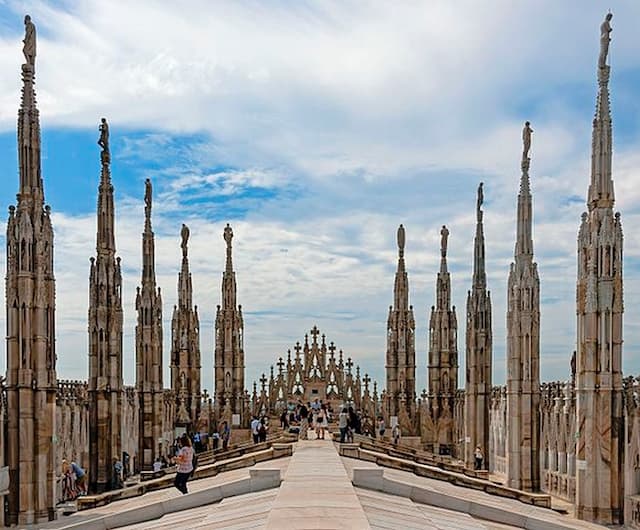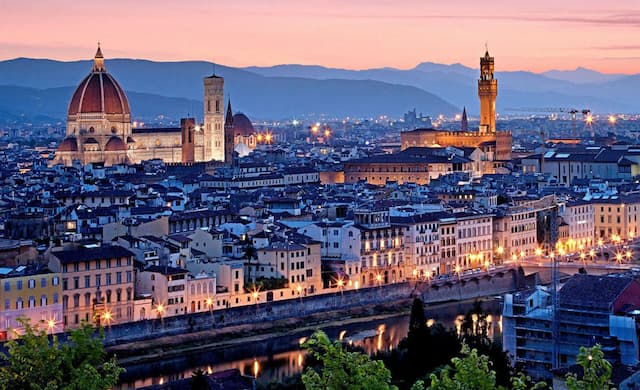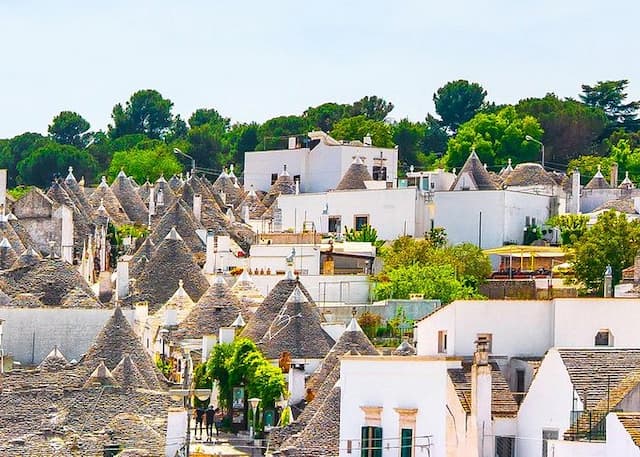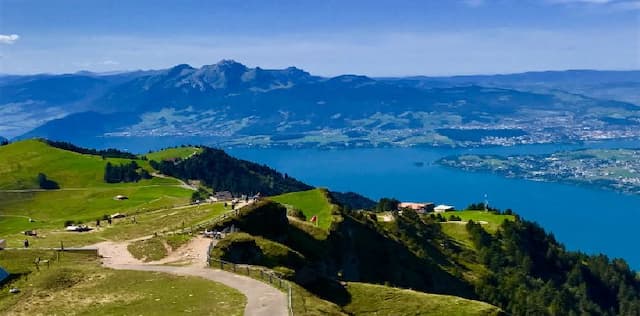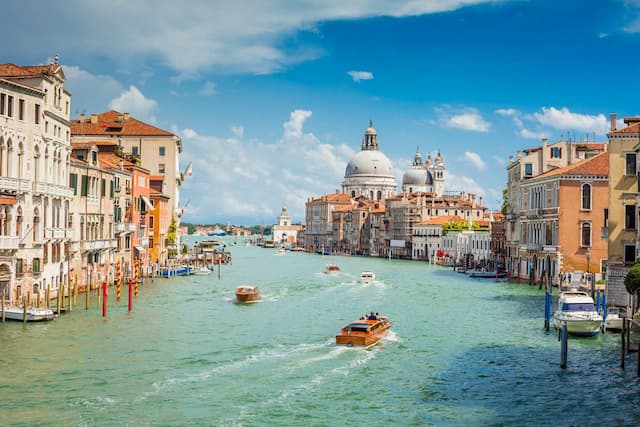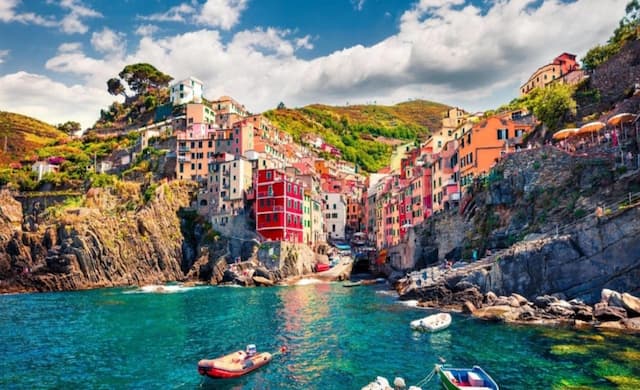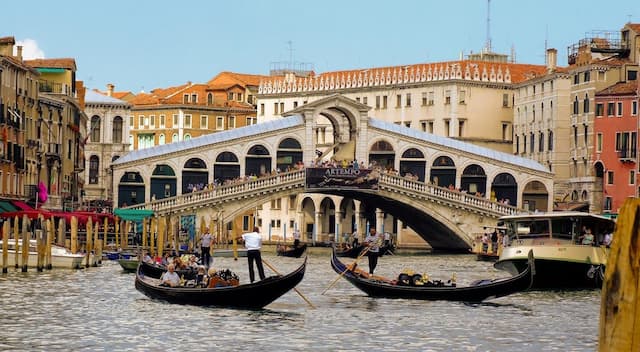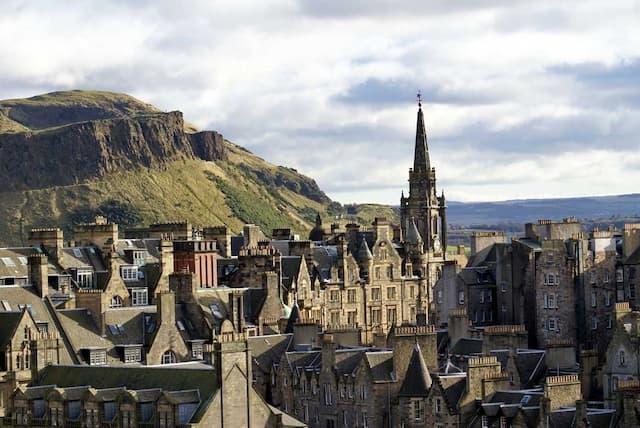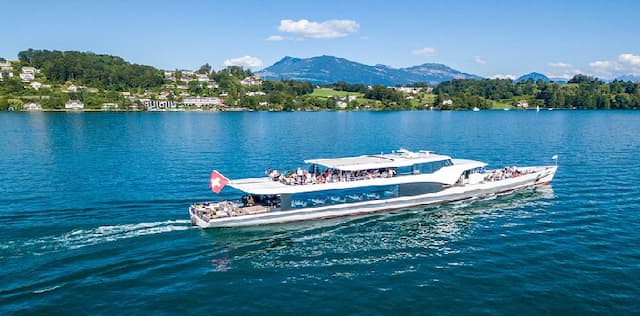History & Culture in Italy
The historical backdrop of Italy is portrayed by two periods of solidarity—the Roman Empire (CE-476 CE) and the modern democratic republic framed after the end of World War 2 in 1948. Between those two periods may have been a thousand years and a half of division and disturbance, however that interruption saw one of the world's extraordinary blossoming of craftsmanship, the Renaissance (around 1400– 1600 CE).
Rise and Fall of the Roman Empire
Between the 6th to third centuries BCE the Italian city of Rome vanquished Peninsular Italy; throughout the following couple of hundreds of years, this empire spread to rule the Mediterranean and Western Europe. This Roman Empire would proceed to characterize quite a bit of Europe's history, leaving a check in culture and society that outlived the military and political maneuvers of its administration. After the Italian piece of the Roman Empire declined and "fell" in the fifth century (an occasion nobody at the time acknowledged was so critical), Italy was the objective of a few attacks. The previously united locale broke separated into a few smaller bodies, including the Papal States, represented by the Catholic Pope.
The Renaissance and the Kingdom of Italy
By the eighth and ninth hundreds of years, various amazing and trading focused city-states rose, including Florence, Venice, and Genoa; these were the powers that hatched the Renaissance. These smaller states were the fruitful grounds of the Renaissance, which changed Europe enormously afresh and owed a great deal to the contending states attempting to outspend each other on glorious art and architecture.
Unification and freedom developments all through Italy grew ever more grounded voices in the nineteenth century after Napoleon made the fleeting Kingdom of Italy. A war among Austria and France in 1859 enabled a few little states to converge with Piedmont; a tipping point had been come to and the Kingdom of Italy was framed in 1861, developing by 1870—when the Papal States joined– to cover all of what we currently call Italy.
Mussolini and Modern Italy
The Kingdom of Italy was subverted when Mussolini accepting force as an extremist tyrant, and despite the fact that he was at skeptical of Hitler, Mussolini brought Italy into World War 2 instead of hazard missing out on what he saw as a land grab. That decision caused his destruction. Current Italy is presently a democratic republic and has been since the modern constitution happened in 1948. This pursued a submission in 1946 which casted a ballot to annul the past government by twelve million votes to ten.
Top tour packages
Northern Italy By Rail
Venice (2N) Dolomites (3N), +2 more
Flight Not Included
₹1,02,800
per person
- Valid upto 30 Sep 2026
Italian Wonders By Rail
Milan (2N) Venice (2N), +2 more
Flight Not Included
₹1,35,730
per person
- Valid upto 30 Sep 2026
Southern Italy - SIC
Sorrento (3N) Matera (2N), +3 more
Flight Not Included
₹1,90,540
per person
- Valid upto 30 Sep 2026
Italy – Austria By Rail
Rome (2N) Florence (2N), +4 more
Flight Not Included
₹2,37,640
per person
- Valid upto 30 Sep 2026
Best Of Italy By Rail
Milan (2N) Venice (2N), +3 more
Flight Not Included
₹2,04,630
per person
- Valid upto 30 Sep 2026
Scenic Swiss Italy By Rail (Hotel Stay)
Rome (2N) Florence (2N), +5 more
Flight Not Included
₹2,34,840
per person
- Valid upto 30 Sep 2026
Splendours of Italy - By Van
Milan (1N) Como (2N), +3 more
Flight Not Included
₹1,25,810
per person
- Valid upto 30 Sep 2026
Highlights Of Switzerland And Italy By Private Van
Lucerne (2N) Interlaken (2N), +4 more
Flight Not Included
₹2,30,760
per person
- Valid upto 30 Sep 2026
European Emphasis
Paris (2N) Brussels (2N), +5 more
Flight Not Included
₹3,53,700
per person
- Apr, Aug, Jul, Jun, May, Sep
European Emphasis (Hook on to Elements)
Paris (2N) Brussels (2N), +5 more
Main Flight Included
₹4,10,700
per person
- Jun, May
European Experience 2
Paris (3N) Brussels (2N), +8 more
Flight Not Included
₹4,34,350
per person
- Apr, Aug, Jul, Jun, May, Nov, Oct, Sep
European Experience (Hook on to Eureka)
Paris (3N) Brussels (2N), +8 more
Main Flight Included
₹4,91,350
per person
- Jun, May
Happy Travellers
Beautiful Memories with Flamingo Transworld
Dr. Kruti Patel
 Aug
AugA Dream Trip to France and Switzerland with Flamingo
Mr. Dharmesh Shah
 Aug
AugIncredible Europe Tour with Flamingo Transworld
Ms. Jyoti & Mr. Tushar
 Jul
JulWonderful Japan Trip Experience with Flamingo
Surabhi Udeshi
 May
MayUnforgettable Experience With Flamingo Transworld
Mr. Ambrish Shah
 Mar
MarAn Unforgettable Journey with Unnati and Flamingo !
Mr. Navneet Bisani
 Dec
DecWe are Thankful to Flamingo Tours And Travels
Mr. Vijay Shah
 Oct
OctExcellent Experience Southeast Trip With Flamingo Travels
Mr. Manoj Betai
 Jun
JunWonderful Trip with Flamingo Travels
Ms. Chetna Ajmera
 Jul
JulSuper Experience with Flamingo Travels
Shailesh Shah
 Jun
JunTrending travel articles

Affordable Bali Trip Under ₹30000 – Flamingo Transworld Budget Itinerary for First-Time Travelers
Summary: Looking for a budget-friendly Bali trip in 2026? This blog shows how you can enjoy a relaxing 5-day Bali Trip under ?30000/- by choosing smart stays, simple food and the right places. Perfect for first-time Indian travellers looking for a budget-friendly Bali holiday. We all have seen tons of pics of temples, Bali Swing, […]

Japan Tour Packages from India Under ₹3 Lakh – Explore Japan on a Budget
Summary: Your dream of exploring Japan is possible, even with a strict budget! This blog shares how Japan tour packages from India under ?3 lakh are possible. It covers real costs, budget tips, the best time to visit, and much more. It helps you understand how to save money and still enjoy a great Japan […]
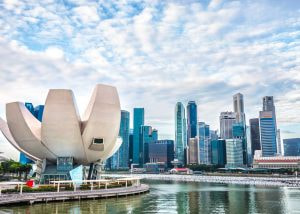
Singapore Tour Packages from India Under ₹1 Lakh – Budget-Friendly Trips 2025-26
Summary: A trip to Singapore can fit your budget with the right plan. This blog explains how Singapore tour packages from India under ?1 lakh work, what costs to expect, and how to save money. It helps you understand the best places to visit in Singapore in 2026 so you can enjoy this island country […]

Top Indian Restaurants in Hanoi to Try in 2026!
Summary: Indian restaurants in Hanoi are more than just places to eat. They serve Indian food with a Vietnamese welcome. Whether you are a vegetarian, prefer halal food, or just miss home-style dal, these restaurants have it all. Every meal is served with care and a friendly smile, making you feel right at home in […]

Macau – A city that refuses to sleep , and wont let you either !
Summary: Macau Travel – Macau is a city that never slows down—filled with luxury hotels, thrilling attractions, endless nightlife, and unforgettable energy. From staying at The Venetian to breathtaking Macau Tower views and vibrant casinos, Muskan Golecha’s experience captures the true spirit of a city that you don’t just visit, you live! Macau is one […]

10 Days Itinerary for Switzerland – Perfect Trip Plan for First-Time Visitors!
Summary: If you want a calm, scenic, and well-paced trip, this 10 days itinerary for Switzerland is made for you. It suits families, honeymooners, seniors, and solo travellers. This plan combines top attractions with relaxed, easy travel days. It also keeps Indian comfort in mind. Read on to get the full day-by-day plan, smart tips, […]

Switzerland in Winter 2026: A Fairytale Experience of Snow, Alps & Christmas Markets!
Summary: Switzerland in winter 2026 is pure magic, snow-dusted Alps, glittering Christmas markets, and cozy wooden chalets bring fairytales to life. Whether you are sipping hot chocolate by the beautiful Swiss lakes or exploring the festive streets of cities, it feels like a movie. Perfect for Indian travellers, families, and honeymooners. This blog helps you […]

Christmas in Dubai 2025: Lights, Luxury & Festive Shopping!
Summary: Experience the magic of Christmas in Dubai 2025, where the city sparkles with lights, music, and festive cheer. From grand events to lively markets and fireworks, every corner feels joyful. Enjoy delicious food, family fun, and exciting shopping deals during the Dubai festive season. Plan your trip easily with Dubai Tour Packages and make […]

Bhutan In December 2025- Weather, Insider Tips, Best Time to Visit, and Things to Do!
Summary: Experience the magic of a trip to Bhutan in December 2025, with clear skies, vibrant festivals, fewer crowds, and stunning mountain views. This blog guides you through weather updates, travel tips, places to visit, and must-try experiences for your perfect Bhutan holiday. Plan your relaxing, crowd-free visit to Bhutan and experience the authentic charm […]
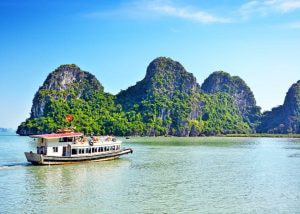
How to Plan A Budget Trip To Vietnam Under ₹60,000!
Summary: Trip To Vietnam Under ?60000 – Dreaming of travelling to Vietnam without stretching your wallet? This blog shares how to plan your trip to Vietnam under ?60,000. It shares everything, including flights, hotels, meals, and activities. Discover must-visit cities, real cost breakdown, and much more to make your Vietnam tour package memorable yet budget-friendly. […]
